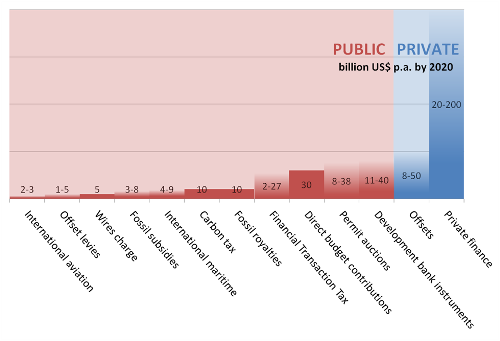Think of the atmosphere as a giant bathtub. There’s a faucet—emissions from human activity—and a drain—the planet’s ability to absorb that pollution. For most of human civilization and hundreds of thousands of years before, the inflow and the outflow were in relative balance. Then humans started burning coal and turned on the faucet far beyond what the drain could handle. The levels of carbon in the atmosphere began to rise to levels last seen in the Pliocene, over three million years ago.
What to do? That’s the question John Sterman, an MIT professor, asked two hundred graduate students. More specifically, he asked what to do to stabilize concentrations of carbon dioxide in the atmosphere close to present levels. How far do we need to go in turning off the faucet in order to stabilize concentrations? Here’s what not to do: stabilizing the flow of carbon into the atmosphere today won’t stabilize the carbon already there at close to present levels. You’re still adding carbon. Just because the inflow remains steady year after year, doesn’t mean the amount already in the tub doesn’t go up. Inflow and outflow need to be in balance, and that won’t happen at current levels of carbon dioxide in the tub (currently at 400 ppm) unless the inflow goes down by a lot.
That seems like an obvious point. It also seems to get lost on the average MIT graduate student, and these students aren’t exactly ‘average’. Still, over 80 percent of them in Sterman’s study seem to confuse the faucet with the tub. They confuse stabilizing the inflow with stabilizing the level.
Watch this video to avoid making the same mistake:
Excerpted from Climate Shock.











